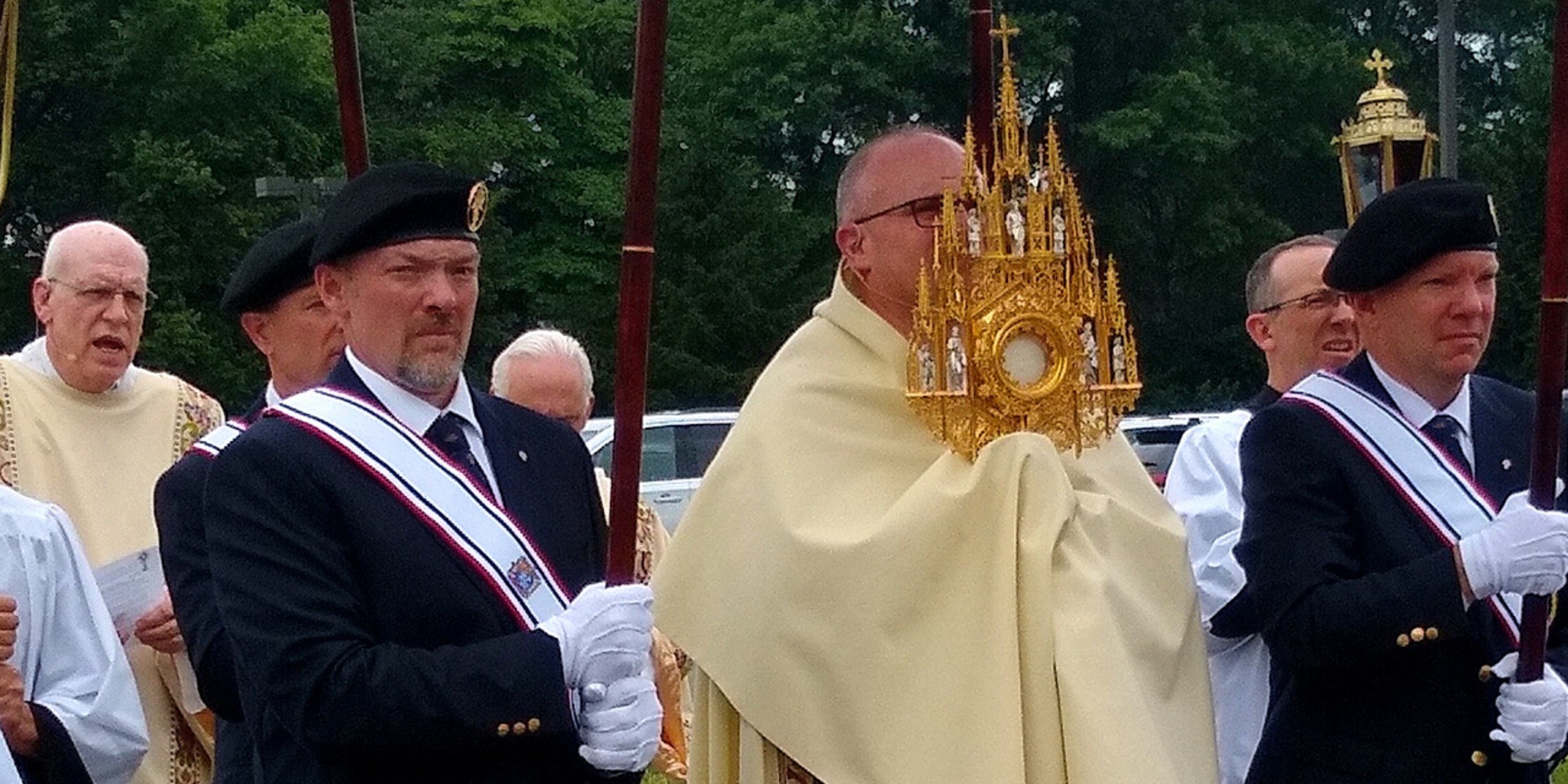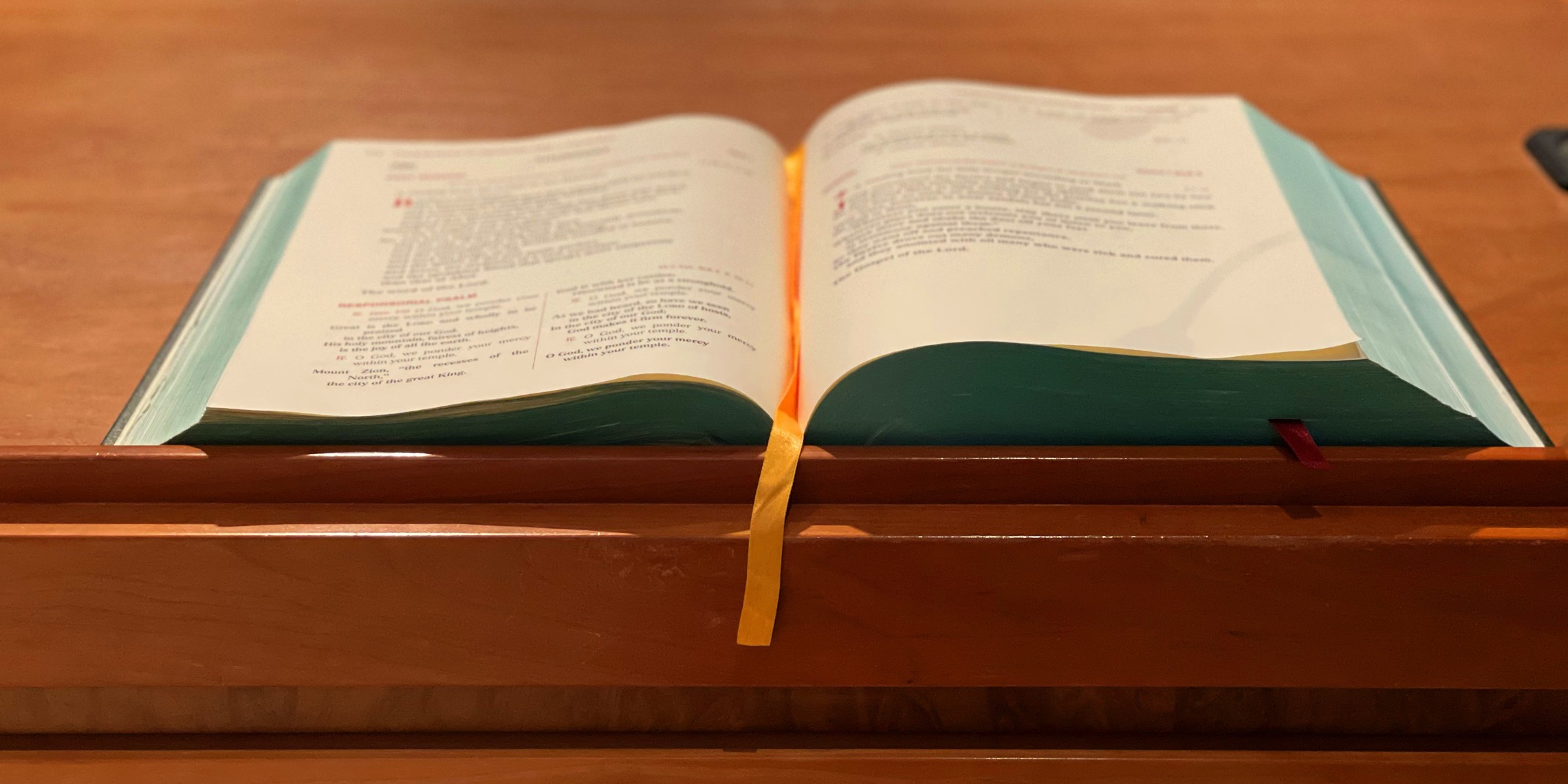“You should read Genesis and Exodus, but just skip over Leviticus.” This advice came from the leader of a Bible study that I attended once during my college years. In general, many Christians today would probably agree with this advice. After all, who hasn’t cracked open the book of Leviticus only to find themselves dozing off to long lists of rules and rituals? Not to mention, a book concerning animal sacrifice simply isn’t going to be a 21st century best-seller. Yet, the Book of Leviticus is a part of Sacred Scripture, which we know to be free from all error. So, what is God up to in the book of Leviticus, and why does it matter for us today?
Perhaps one of the most prominent themes in Leviticus is this – there’s a price to be paid for sin. After being miraculously brought out of the land of Egypt, the Israelites turn against God by worshipping a golden calf and engaging in a multitude of other sinful offenses. God’s reaction is that of a good parent dealing with a disobedient child. Of course, there’s nothing intrinsically good about making a child “sit in the corner;” but this practice is enforced by parents in an effort to teach children right from wrong. In the same way, God instructs the people of Israel to perform burdensome rituals in remediation for their many sins. But that’s not all – God uses these rituals (imperfect in themselves) to prefigure what He will accomplish “in the fullness of time in the person of his incarnate Son” (CCC 128). In other words, these sacrificial rituals found in Leviticus are types or symbols of the sacrifice of Christ, which truly liberates us from sin. Let’s have an example.
In the book of Leviticus, there is a sacrificial ritual for the cleansing of an unclean house. It is the following:
“To purify the house, he shall take two birds, as well as cedar wood, scarlet yarn, and hyssop.
One of the birds he shall slaughter over an earthen vessel with fresh water in it.
Then, taking the cedar wood, the hyssop and the scarlet yarn, together with the living bird, he shall dip them all in the blood of the slaughtered bird and the fresh water, and sprinkle the house seven times.
Thus he shall purify the house with the bird’s blood and the fresh water, along with the living bird, the cedar wood, the hyssop, and the scarlet yarn.
He shall then let the living bird fly away over the countryside outside the city. Thus he shall make atonement for the house, and it will be clean.” (Leviticus 14:49-53).
This ritual is a rich symbol of Christ’s sacrifice and our sanctification, and the details are quite amazing. The sacrificed bird is put into an “earthen vessel,” symbolizing Christ’s descent to earth and His accepting of a human nature. The cedarwood used prefigures the cross. For the hyssop, recall that the soldiers gave Christ a drink of vinegar while He was on the cross; the Scriptures say “they put a sponge full of vinegar on hyssop and held it to His mouth” (John 19:29). And what about the scarlet yarn or cloth? Remember that the Roman soldiers, in mocking Christ’s “kingship,” put a scarlet robe on Him as they led Him off to be crucified (see Matthew 27:28). In an awesome way, all of the elements used in the Levitical house cleansing ritual are also present during the cleansing sacrifice of Christ.
But what about the bird that goes free? In the Levitical ritual, there are two birds; one is sacrificed, while the other is simply dipped in the water and the blood, and then set free. Recall how blood and water poured forth from the side of Jesus upon his death (see John 19:34). One of the optional prayers recited during the Divine Mercy Chaplet is this: “Oh blood and water, which gushed forth from the heart of Jesus as a fount of mercy for us, I trust in you!” Therefore, the freed bird symbolizes you and I. Having been dipped in the blood and water, we can fly forth freed from sin by Christ’s passion. Having witnessed the sacrificial offering on Calvary, we can soar into newness of life and fearlessly proclaim the Gospel.
If we “just skip over Leviticus,” we miss an opportunity to admire the amazing providence of God. While it may seem that the Levitical rituals came to an end with the onset of Christianity, it is more accurate to say that they have been fulfilled. The rituals were brought to completion on Calvary – it is there that they finally made perfect sense. Through the Holy Sacrifice of the Mass, all generations can now participate in this fulfillment.
Written by: Curtis Gross, Seminarian in the Archdiocese of Cincinnati
More News...
Knights of Columbus 13429 Receives Top Award
Knights of Columbus News Release:
Loveland, Ohio – Knights of Columbus SMOY Council 13429 in Loveland, Ohio was awarded...Read more
Liturgical Changes
July 22, 2022
It has been a tremendous blessing to be assigned to the Catholic parishes in Loveland. Fr. Ed and...Read more






